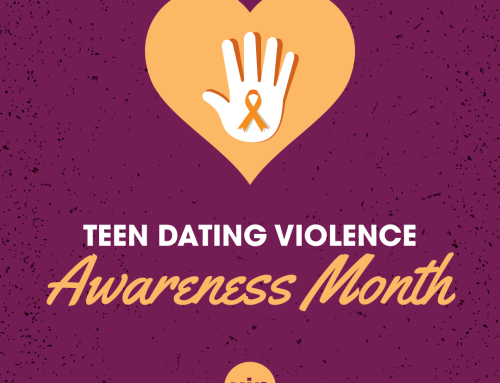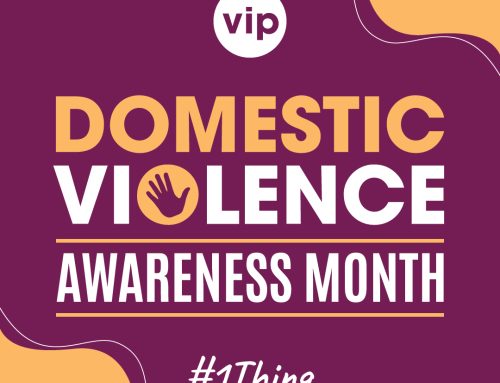For most of us, when we hear the word stalker, our minds form an image of a stranger lurking in the shadows. However, strangers only make up about 15% of stalkers! The more common culprit is the someone we least expect. More than half of females (62% to be exact) that experience this crime, are stalked by an ex or their current boy/girlfriend.
Studies show us that intimate partners who stalk are more likely to have a criminal record, abuse drugs and/or alcohol and follow through on their threats of violence. Stalking can be a precursor to murder. Research shows that 76% of women murdered by an intimate partner were stalked first.
The formal definition of stalking can be summed up as a pattern of behavior directed at an individual that would cause that person to be afraid. Though the definition seems short and simple, stalking can take many forms. Typical stalking behaviors can be broken down into four categories, Surveillance, Life Invasion, Interference and Intimidation (SLII). Check out the SLII list below for some more details on stalking behaviors.
VIP advocates can help victims of stalking through individual or group counseling and by helping them navigate through the legal system. If you or someone you know has experienced stalking, call our 24-hour hotline today for more information on how VIP can help!
Stalking Behaviors
| Surveillance | Life Invasion | Interference |
Intimidation |
|---|---|---|---|
| Following | Harassing Contact | Work sabotage | Threats to harm |
| Watching | Phone calls | Prevent from leaving | Public humiliation |
| Showing up | Property invasion | Physical attacks | Threats of suicide |
| Tracking software | Hacking accounts | Custody threats | Threats to family |
| Proxy stalking | Impersonation | Sexual attacks | Property damage |





